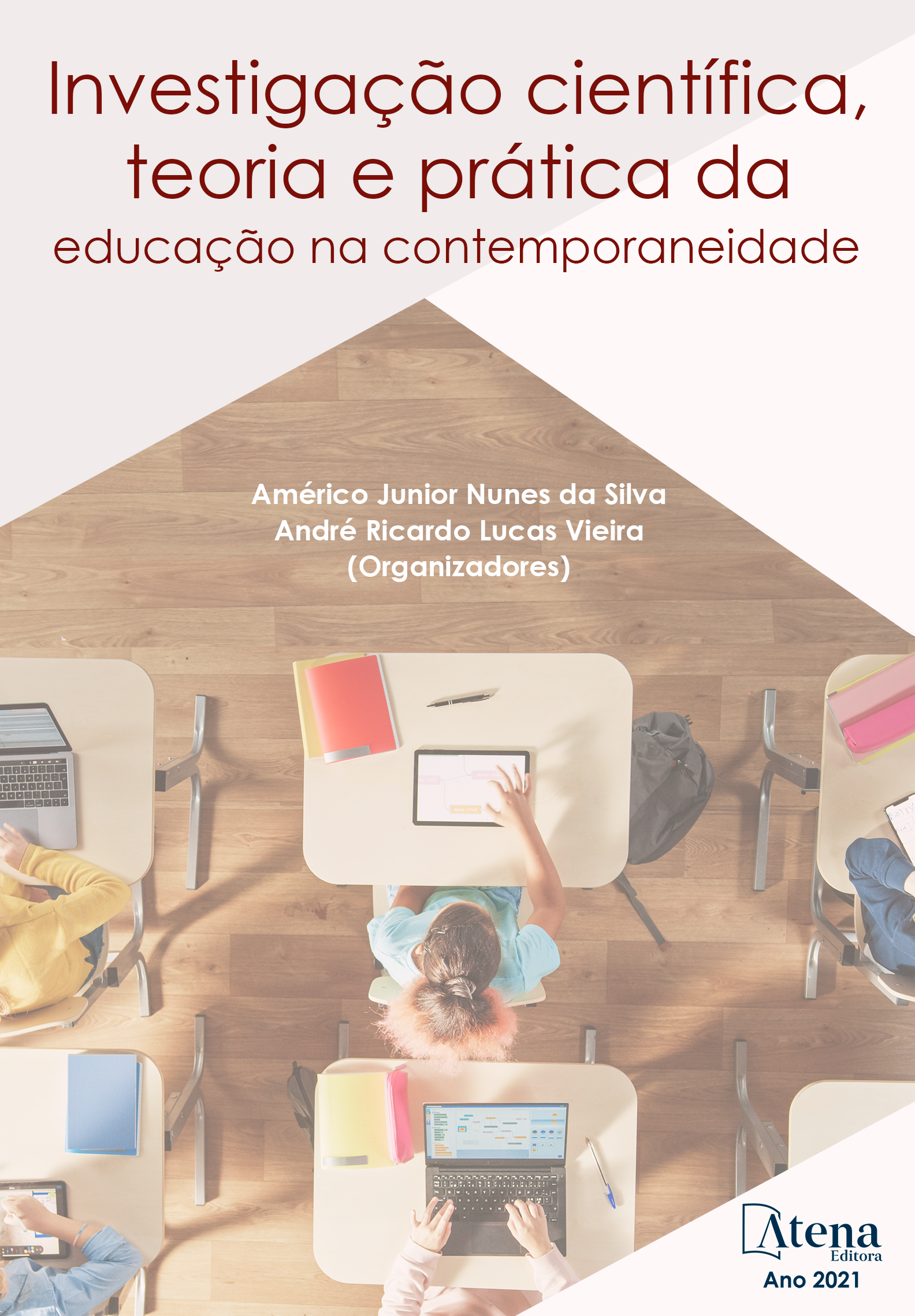
LETRAMENTO DIGITAL: A PREMÊNCIA E OS DESAFIOS NO ENSINO E APRENDIZAGEM DA LÍNGUA PORTUGUESA
O ensino e aprendizagem da Língua Portuguesa continua sendo um desafio educacional, pois os índices das avaliações externas apontam a baixa proficiência na aprendizagem dos alunos. Além disso, a maioria das escolas está muito aquém em oferecer suportes necessários para o desenvolvimento de atividades digitais. A evolução das Tecnologias Digitais de Informação e Comunicação (TDIC) são constantes e os textos que permeiam o cotidiano são criados, retextualizados instantaneamente e regados de semioses. Assim, este trabalho tem por objetivo discutir a premência e os desafios do letramento digital no ensino e aprendizagem da Língua Portuguesa. Nessa perspectiva, este artigo apresenta e discute uma proposta de intervenção com gêneros multimodais/digitais, desenvolvida com uma turma do 3º ano do Ensino Médio, em uma escola pública de Mato Grosso. Para o desenvolvimento das atividades utilizou-se a sequência didática de Dolz, Noverraz e Schneuwly (2004). A pesquisa enquadra-se na investigação qualitativa com observação no envolvimento da turma durante a atividade. Os autores que embasam as discussões teóricas sobre (multi) letramento digital são Coscarelli (2017), Goulart (2017), Marcuschi (2010) e Rojo (2012). Os resultados indicaram que o trabalho com letramento digital é eficiente para o desenvolvimento de habilidades de leitura e escrita e torna-se atrativo e instigante aos alunos atuais, porém durante todo o percurso devem ser considerados os desafios enfrentados pelo professor e pelos alunos em relação ao suporte tecnológico, o tempo disponível do aluno, devido ao exercício de função remunerada, e o próprio letramento digital, que requer iniciativa, estudo e prática.
LETRAMENTO DIGITAL: A PREMÊNCIA E OS DESAFIOS NO ENSINO E APRENDIZAGEM DA LÍNGUA PORTUGUESA
-
DOI: 10.22533/at.ed.76221131213
-
Palavras-chave: Letramento digital. Ensino e aprendizagem. Gêneros multimodais/digitais.
-
Keywords: Digital literacy. Teaching and learning. Multimodal/digital
-
Abstract:
Teaching and learning the Portuguese language continues to be an educational challenge, as the indices of external assessments point to the low proficiency in student learning. Furthermore, most schools are far behind in offering the necessary support for the development of digital activities. The evolution of Digital Technologies of Information and Communication (TDIC) is constant and the texts that permeate daily life are created, instantly retextualized and filled with semiosis. Thus, this work aims to discuss the urgency and challenges of digital literacy in teaching and learning the Portuguese language. In this perspective, this article presents and discusses a proposal for intervention with multimodal/digital genres, developed with a 3rd year class of High School, in a public school in Mato Grosso. For the development of activities, the didactic sequence of Dolz, Noverraz and Schneuwly (2004) was used. The research is part of a qualitative investigation with observation of the involvement of the class during the activity. The authors who support the theoretical discussions on (multi) digital literacy are Coscarelli (2017), Goulart (2017), Marcuschi (2010) and Rojo (2012). The results indicated that working with digital literacy is efficient for the development of reading and writing skills and becomes attractive and thought-provoking for current students, but throughout the course the challenges faced by the teacher and students in relation to technological support, the available time of the student, due to the exercise of paid function, and the digital literacy itself, which requires initiative, study and practice.
-
Número de páginas: 16
- Marciana Teixeira de Gois
- Iraci Sartori dos Santos


